Fluance Ri71 Powered Bookshelf Speaker Is Serious "Bang For the "Buck"
AMT Tweeters, 120W amp etc.
Fluance reps asked to meet at Munich High End this past spring and I agreed thinking it would be new turntable pitch but instead it was a request for a $399.99/pr. powered Bluetooth bookshelf loudspeaker review. Big surprise, but why not hear what's possible for $399.99? I wasn't expecting much, but got an earful!
Fluance shipped a pair in walnut that were placed adjacent to our family room Panasonic plasma television (family is 2 of us, 4 dogs and 2 cats) on heavy duty stands costing well more than the speakers.
The Ri71s are a relatively small attractively finished two-way, measuring 12.2" tall x 7.3" wide x 7.8" deep. Each is fitted with a 1.1" x 1.3" wave guided AMT Heil Air Motion tweeter (invented by the late Dr. Oskar Heil) and a damped front slot-ported 5.25 inch woven, glass fiber composite midbass/woofer with a butyl rubber surround. Rather than go through the AMT tech, which is fascinating, if you're interested click the above hyperlink.
The cabinet feels solidly built and nicely finished, especially for the cost, and probably MDF. A knuckle rap didn't produce a hollow sound but I don't examine these things with an accelerometer! The "active" speaker is of course heavier and on its rear is a control panel for the electronics inside that include a 120 watt "DSP enhanced" Class D amplifier (60wx2) with the crossover from woofer to tweeter at 2.7kHz @12dB/octave.
Bluetooth is 5.0 aptX HD, 192kHz 24-bit (up to 576kbps), aptX Low Latency, which for the purposes of this system is as close to lossless as necessary.
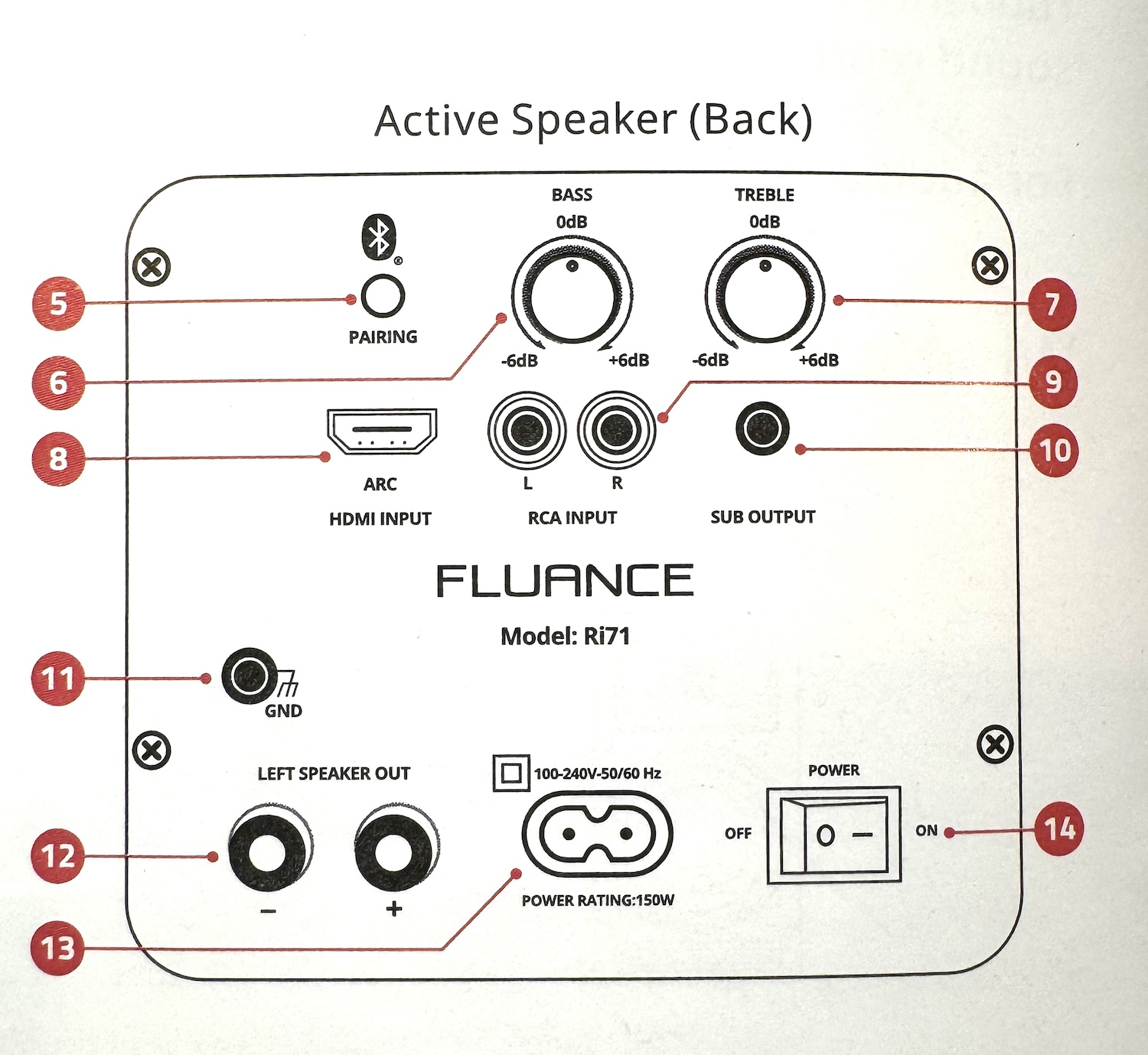
The well organized rear panel includes bass and treble knobs, an HDMI (ARC) input, a pair of RCA analog inputs, a Bluetooth pairing button , power jack, on/off switch, speaker terminals for the passive speaker and a subwoofer "out" jack. A "jack of all trades" control knob at the top rear of the speaker can be turned to adjust volume, pressed for input selection or held to turn it on or off.
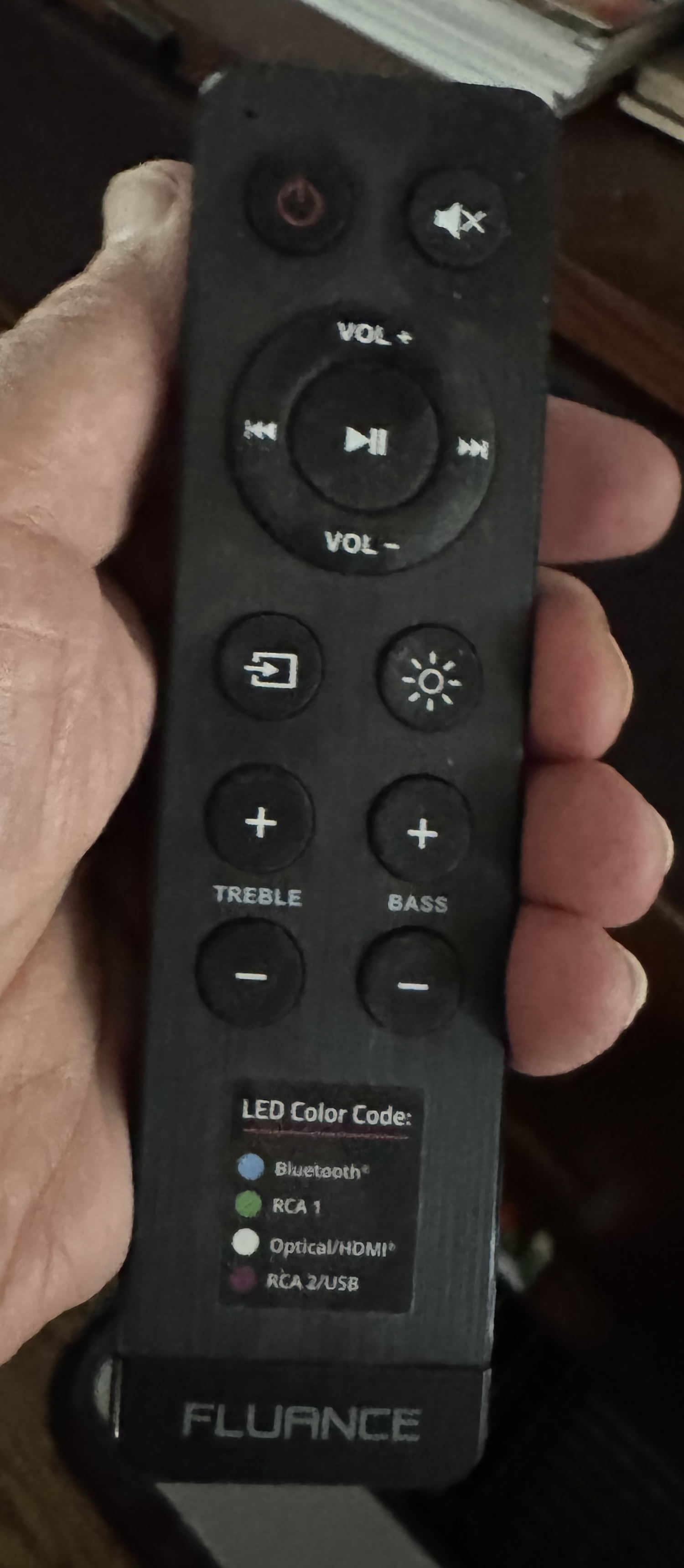
A modest sized, solid remote duplicates many of the rear panel's controls including volume and bass/treble up/down, front of speaker LED indicator brightness, mute and channel reverse, play/pause and Bluetooth pairing, forward/back and source selection. Fluance smartly includes the LED color code on the remote.
Easy Set-up And Bluetooth Pairing
Straightforward instructions and a well-organized overall product made set-up and use easy. The Bluetooth pairing to my iPhone took a few seconds. The (ARC) HDMI input wasn't of use in my system. Since the Ri71 does not support Dolby Digital my choice for TV sound was RCA "out" of my Marantz surround sound receiver. The Verizon cable box no longer offers analog RCA outs. i turned off the subwoofer so the speakers could be evaluated "as is".
How's the $399.99 Powered Sound?
At the recent Audio Advice Live event in Raleigh North Carolina (coverage coming up shortly), most of the big exhibits were home theater. I went to every press event in the big theater set ups and we were treated to/assaulted by Atmos explosions from "Top Gun Maverick", action hero movies and in one some music. Such relief! But in not a single room did anyone attempt to show off a home theater system by playing a dialog rich movie and demonstrate how well the system did with dialogue. That's how far we've sunk. Okay I'll get off my pontificating high horse.
I'll start this review by telling you this small inexpensive speaker system delivered excellent dialogue intelligibility. It was easy to understand what people were saying in movies and on television programs including news shows, even at relatively low SPLs and from way back in the room. Of equal importance, vocal timbres were natural. Male voices weren't "chesty" and female ones weren't shrill. The vocal presentation was pleasing and relatively neutral. It would be fair to say the Ri71 was a remarkably low coloration loudspeaker for $399.99, though it was there—and it's what helped with dialogue intelligibility— it was benign and easily ignored.
The designers of this small speaker system, probably with great help from the DSP programmer, also manage to coax surprisingly good bass from the system down to the mid 40Hz region or somewhat below, without messing up the mid and upper mid bass which was never noticeably boomy and never fully out of control. Having the bass and treble controls was a big help in keeping the overall timbral balance pleasing.
Switching from video to Sirius/XM channel surfing via Bluetooth produced equally pleasing performance for $399.99 and probably considerably higher. I listened to The Sinatra Channel, the Bob Marley Channel and of course Classic Vinyl and the listening was more pleasant and involving than I thought was possible at this price point. Frank sounded fine and bass on Bob's tunes had decent rhythmic punch and was well controlled. The speakers did a good enough job to fill the relatively big space that consists of the room they were in and the kitchen off to one side.
Heil drivers are in some ways similar to ribbons (check the hyperlink), which are very “fast” and cone drivers that generally are not.
The designers did a very effective woofer/Heil driver integration. I'm sure the measured response would reveal the effective trickery but so what? Pleasing sound minus glaring and annoying colorations plus decent low frequency extension and natural sounding vocals add up to a successful low cost design.
There was one oddity worth mentioning: often I'd hear what sounded like a bass harmonic rather than the fundamental. It was really clear on a Marley track, the name of which I can't recall but it also was obvious on Paul Simon's "Fifty Ways to Leave Your Lover", and on "Born to Run" where in addition to a warmth surrounding Springsteen's voice that at first had me thinking this was a cover and not Bruce, the bass lines also sounded like harmonics and not the notes played.
On the other hand it's also true I wasn't plopped down between the speakers so it's possible I was getting room effect distortions. When I did finally get into a more normal listening position I still heard the effect but it was less obtrusive and the speaker's lower frequency output remained impressive and though I was close to them I didn't hear the ports.
On the less impressive side, image specificity and sound staging were not nearly as tightly focused and three dimensionally expansive as that produced by the more costly ($599) ELAC Debut ConneX DCB41—also powered, also with Bluetooth (aptX) connectivity and even with a built in phono preamp. That's not exactly fair since for anyone in the market for a $399.99 powered speaker, a $599.99 one is a stretch and the ELACs, meant more for nearfield listening don't play as loud or go quite as deep, nor could they fill the big space as effectively.
The real bottom line is this: the Ri71s were in the family room where my very particular wife had to live with them day and night for a few months and not only did she not complain about them, she actually liked them, though they were substituting for far more costly speakers normally there and powered by the Marantz receiver. So there's that!
Conclusion
Not for the low expectations I brought to the review do I conclude that the Fluance Ri71 powered loudspeakers both surprised me with their well-balanced performance and their more than pleasing to listen to for an extended period of time "likability". They set up no fuss and offer well-organized ease of use. While they are not for intimate, concentrated "soundstagey" type audiophile listening, if the choice was between this speaker's extended frequency extension and pleasing balance, and one that imaged and soundstaged like an audiophile champ but lacked the wide bandwidth and ability to play without strain at relatively high SPLs, I'd opt for Ri71s. The designers made excellent choices throughout what must be the difficult task of designing to a very low price point an attractive looking reasonably high performance little loudspeaker that even after months of listening didn't give away whatever weaknesses measurements might reveal.
Specifications
Specifications
Specifications | |
Series | REFERENCE |
|---|---|
Speaker Type | Bookshelf |
Speaker Configuration | 2 Way – 2 Driver Powered Bookshelf Speaker System with Integrated Amplifier (Pair – 1x Active, 1x Passive) |
Enclosure | Tuned Front Firing Port Bass Reflex Design Dampened |
Tweeter | 28x35mm AMT (Air Motion Transformer) 1.1 x 1.3 inch AMT (Air Motion Transformer) |
Woofer | 5.25 inch Woven, Glass Fiber Composite Drivers with Butyl Rubber Surrounds |
Amplifier Power | Class D 120 Watts Continuous Average Output (2x 60 watts RMS) |
Frequency Response | 46 Hz - 30 kHz (DSP Enhanced) |
Crossover Frequency | 2700 Hz Asymmetrical 12 dB/Oct – PCB Mounted Circuitry |
Bluetooth | Bluetooth 5.0 aptX HD, 192kHz 24-bit (up to 576kbps), aptX Low Latency, SBC (Subband Codec), AAC (Advanced Audio Codec), SCMS-T | ||||||
|---|---|---|---|---|---|---|---|
Audio Inputs | RCA L/R, Bluetooth, & HDMI ARC | ||||||
Internal Lead Wire | 18 Gauge Internal Lead Wire to Reduce Signal Degradation | ||||||
Subwoofer Output | Yes, 80 Hz Low-pass Frequency Cutoff | ||||||
Phono Preamp | No | ||||||
Ground Terminal | Yes | ||||||
Internal DAC | Yes, Up to 192 kHz 24-bit, THD+N ≤ 0.03% at 1 Watt, SNR ≥ 110 dB (A-weighted) | ||||||
Wireless Connectivity | Stream via Bluetooth with Google Home, Amazon Echo, and AppleTV (Ri71 is not a WiFi speaker) | ||||||
Total Harmonic Distortion (THD) | <0.3% (THD+ N 1%) | ||||||
Power Input | 100-240 V AC (50/60 Hz) | ||||||
Dimensions | 12.20 x 7.28 x 7.83 inches / 31.0 x 18.5 x 19.9 cm (HxWxD)
|


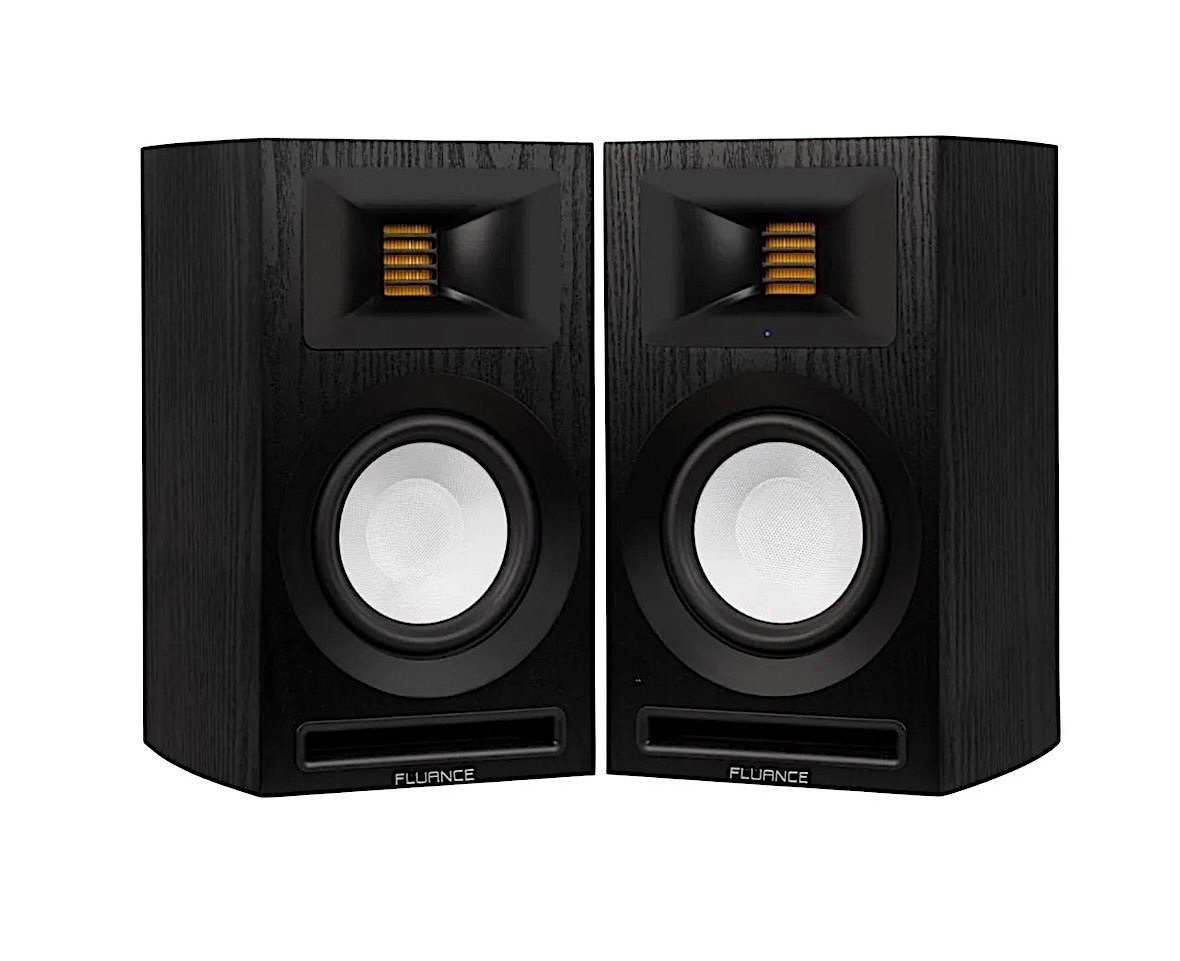

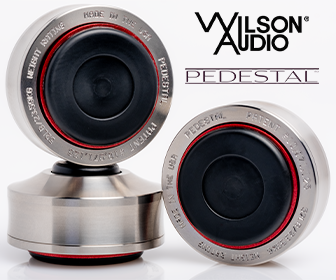
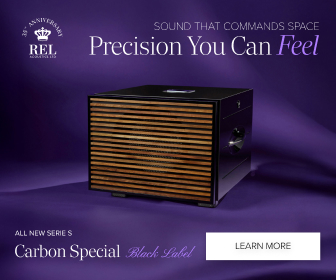
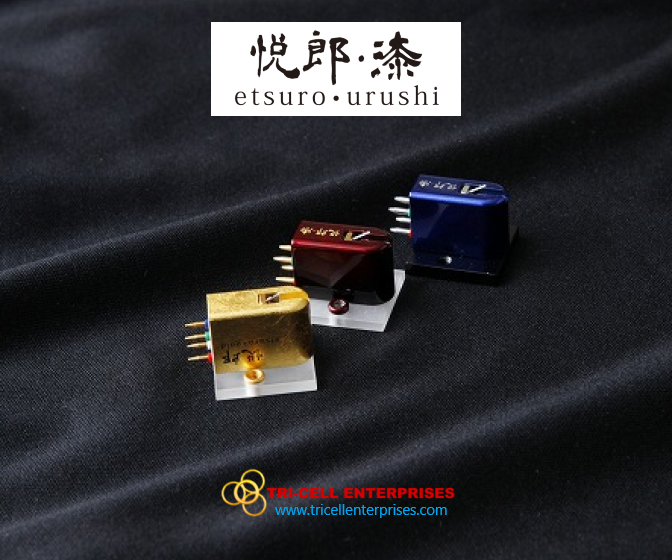
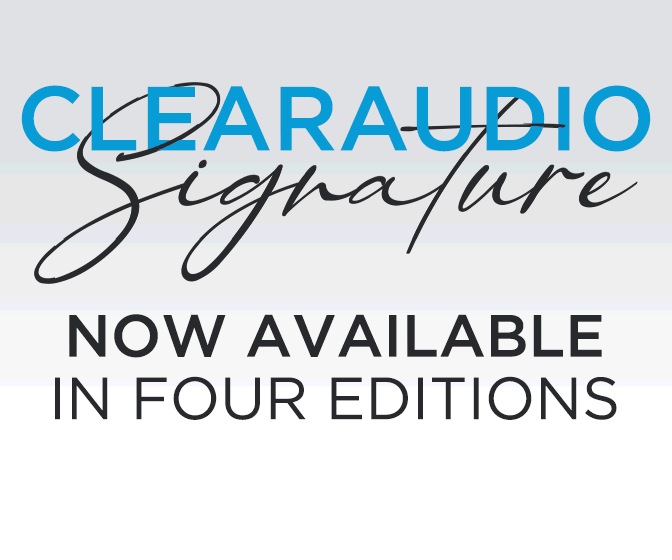
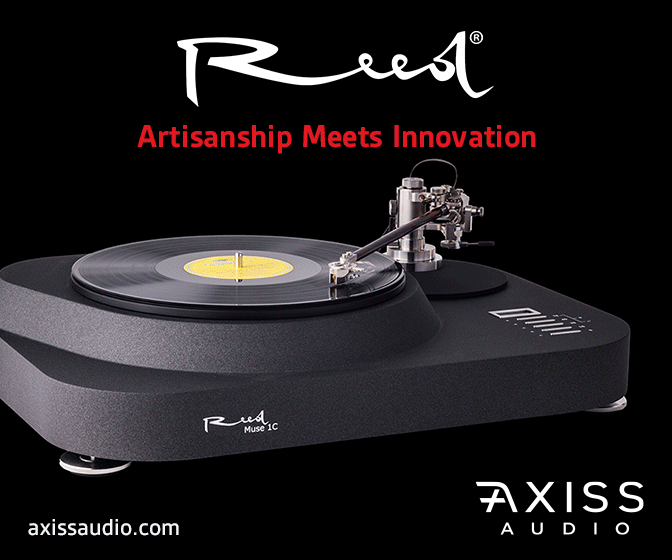
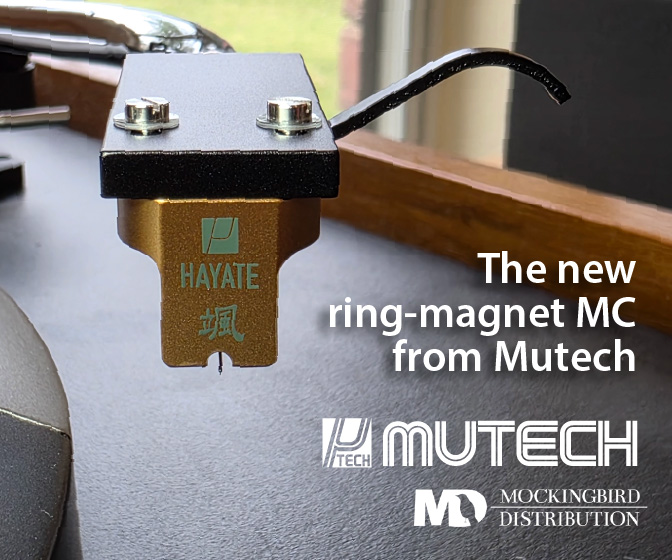
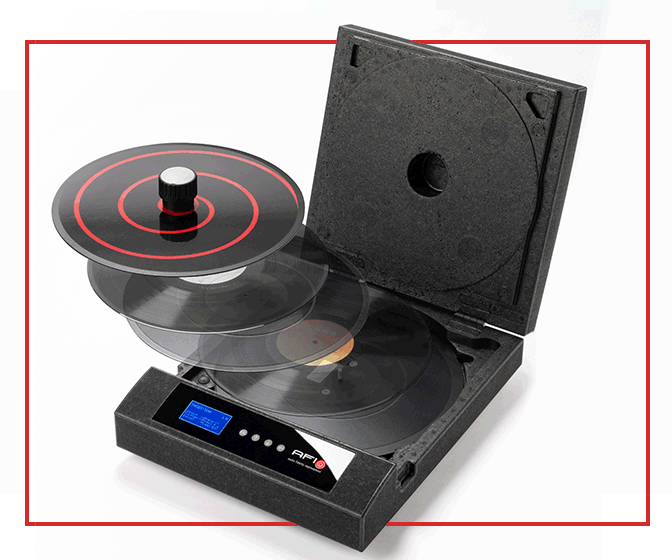

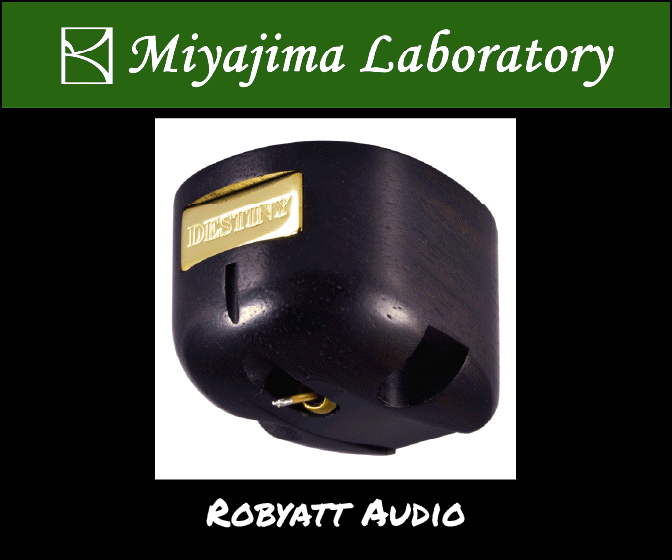
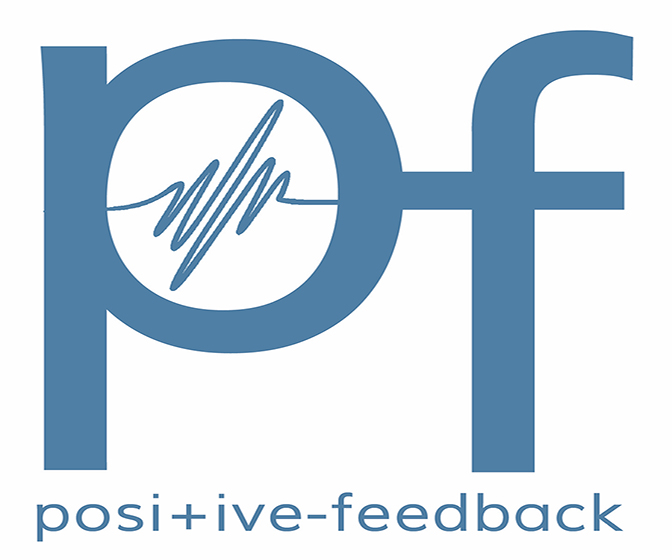




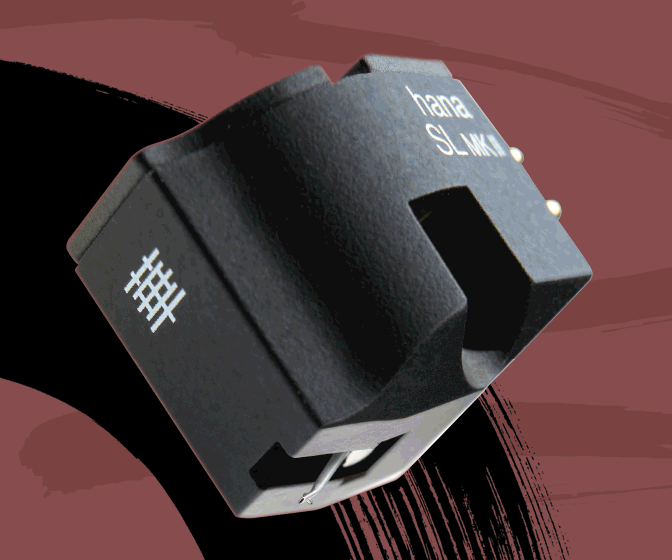
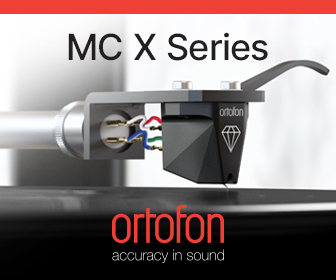
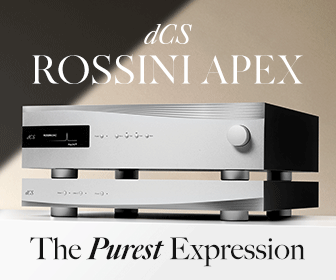
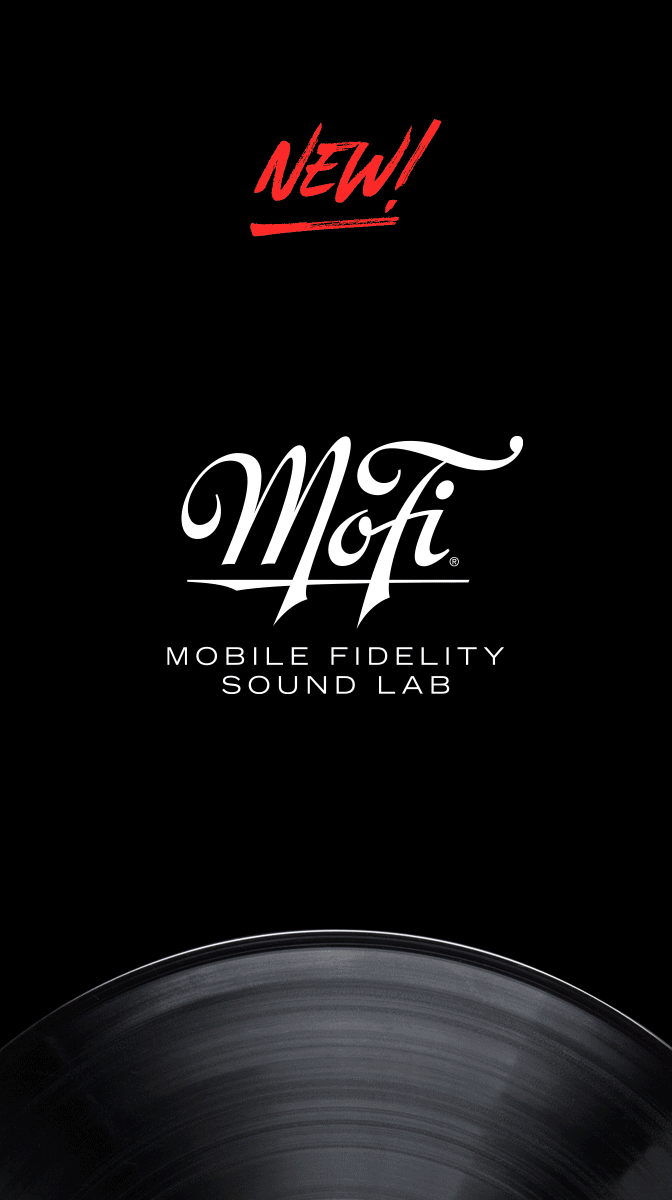


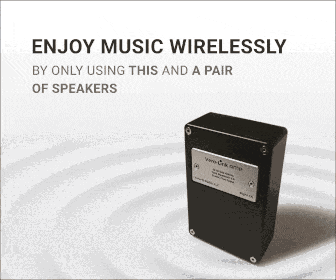
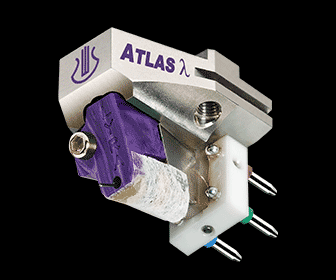

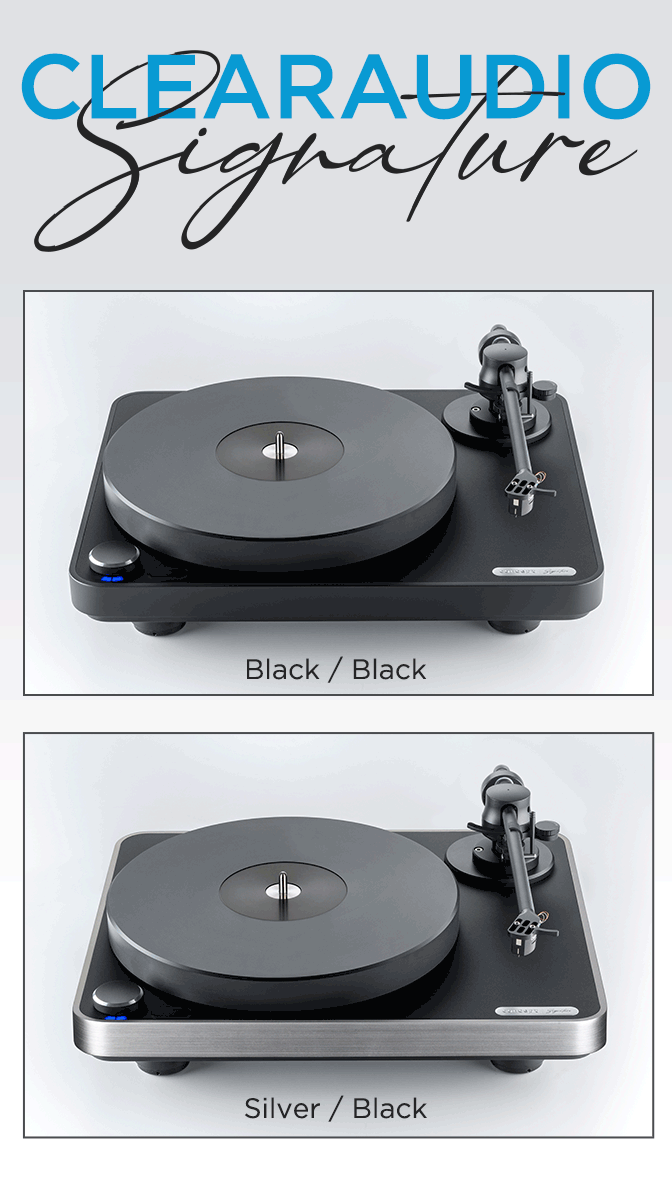
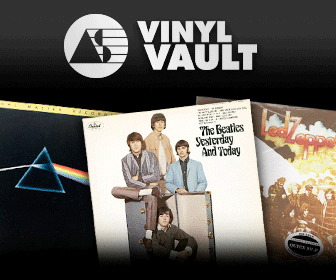


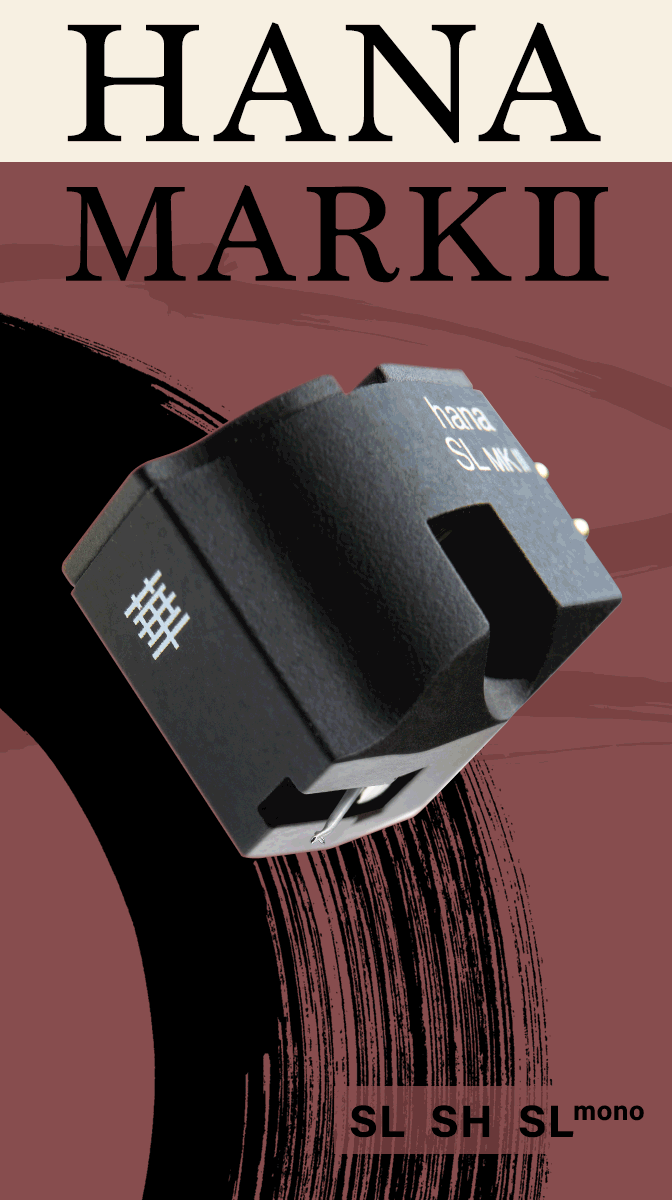


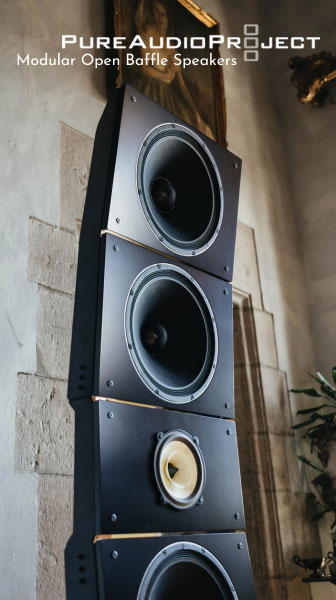
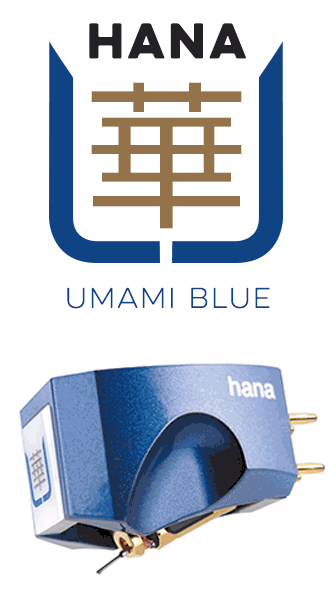





.png)








